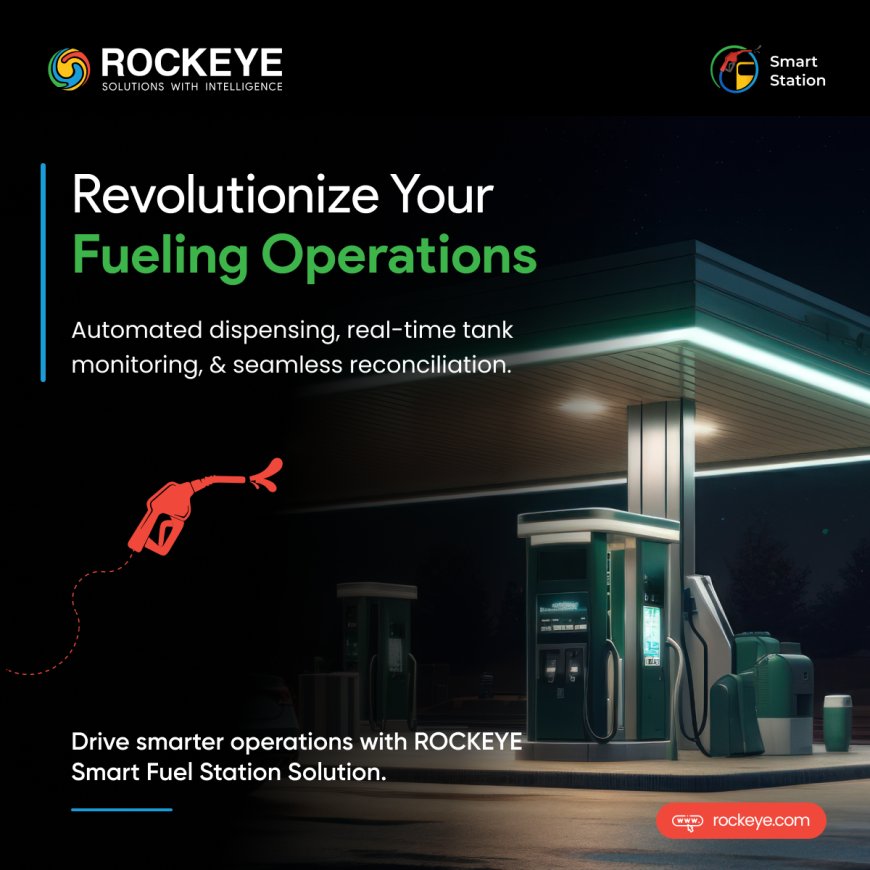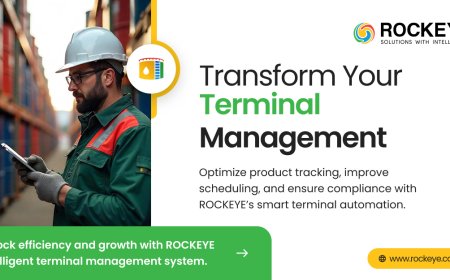Autonomous Station Operations Using Predictive Stocking and Self-Maintenance

Introduction
Automation and intelligence are surely taking expanded precedence in the modern era, and with this view in mind, one can say that fully autonomous station operations have entered an ever-more-real environment on the horizon. Whether considered a fuel station, EV charging hub, transit center, or logistics depot, the shift toward predictive stocking and self-maintenance changes the paradigm in efficiency, security, and the banking of service continuity.
These days, stations are expected to work with the minimum level of human intervention while granting maximum uptime, gaining real-time accuracy in service deliveries, and responding swiftly to operational demands and necessities. The lead element to achieve this capability relies upon the amalgamation of advanced technology into a homogeneous smart station solution.
What is Autonomous Stationing?
An autonomous station is a self-governing operational unit that uses real-time data, machine learning, and IoT-enabled devices to carry out station functions without constant manual intervention. From inventory management to equipment servicing, these stations act intelligently to furnish what is required before it becomes an urgent need.
There are two aspects one can say the station operates:
-
Predictive Stocking
-
Self-maintenance Capability.
Predictive Stocking: The Art of Supply Forecasting
Predictive stocking relies on AI algorithms that study various contributory factors such as historical usage patterns, environment, and customer behavior to accurately predict inventory demand. Whether it's fuel, lubricants, charging components, or retail items in the service station, this system is designed to stock proactively rather than reactively.
This helps avoid stockouts, overstocking, and, mostly, human error. Synchronizing with suppliers is made easier, lowering costs of holding and optimizing shelf use. With a smart station solution, all this takes place in real time through dynamic data feeds and demand models.
Self-Maintenance: From Routine to Predictive Care
Maintenance is a silent killer of operational efficiency. The grievances of lost sales due to equipment downtime, unexpected repairs, and manual servicing of pumps can be heard in the streets. Autonomous stations combat this scourge through self-monitoring systems that embed sensors and diagnostics tools for early detection of anomalies.
For example:
-
A pump sensor detects wear and schedules a servicing window before a breakdown occurs.
-
Climate control systems regulate themselves based on external conditions.
-
Cleaning robots handle routine upkeep based on footfall data.
Altogether with remote alerts and auto-generated maintenance schedules, a smart station solution transforms maintenance from a reactive task into predictive and automated work.
Why It Matters: Efficiency Meets Customer Experience
The actual value of autonomy lies in the seamless experience it creates. Less time waiting for customers, real-time control and insights for station managers, fewer disruptions of actual work with operations underway.
Predictive stocking will ensure you never lose a sale due to an empty shelf or out of service equipment. With self-maintenance, your infrastructure is maintained in tip-top shape without needing to staff it for 24 hours a day. Together, they form the backbone of a truly smart station solution, agilities, automation, and intelligence powering service stations into the future.
Looking Forward
As cities grow smarter and mobility continues to evolve, more responsive, resilient, and automated solutions would be needed from the operator end. Predictive-tech-driven autonomous operations are not just a cost-cutting measure; rather, they are a strategic step toward long-term sustainability and competitiveness.
Investing in automation today will help station networks future-proof their operations, minimize dependence on human intervention, and guarantee round-the-clock reliability, no matter the scale.






































